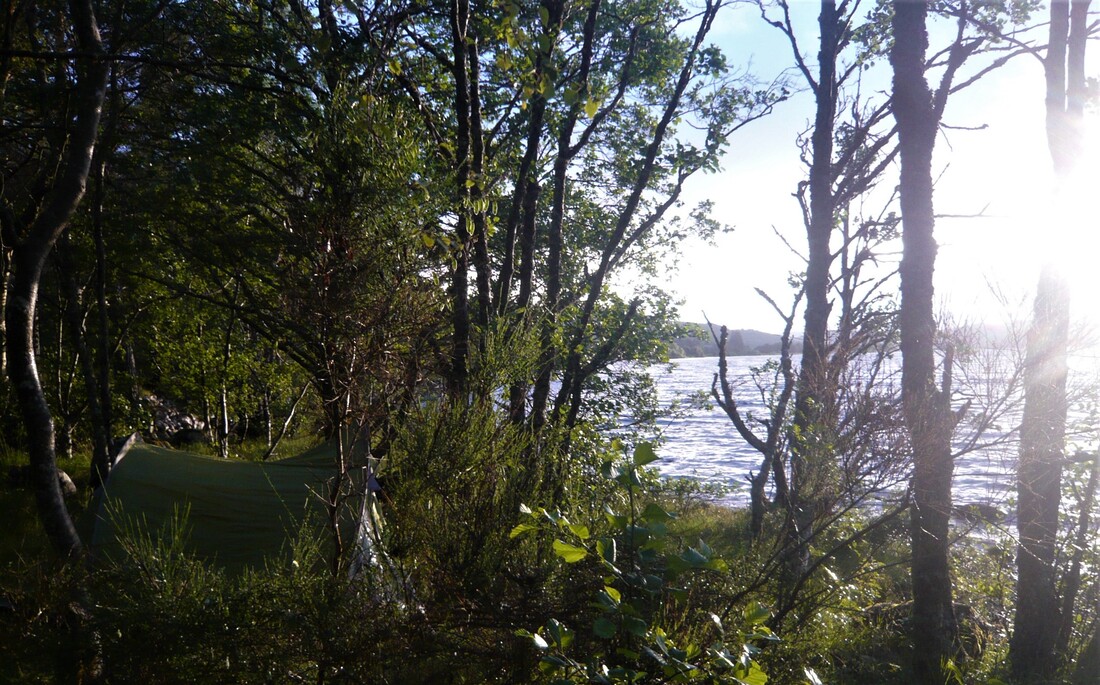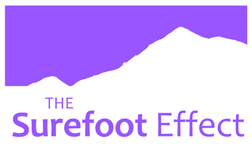|
What is nature to you? Not only impassable wilderness, dense forests, untouched bays, bottomless lakes and snow-covered mountain peaks are nature. Forests, gardens, parks, balconies, potted plants in the window sill, a flower bursting through the asphalt on the pavement and the wind touching your face are also parts of nature. There is no right or wrong answer to the question about what nature is to you. The relevant matter is finding the kind of nature where you feel recharged, nourished and comforted - a place to be energised and to connect with the inner and outer world. Finding your nature path
If you are not sure what kind of nature works for you, try different approaches. A stroll in the park, a restful moment by a pond or walking through fallen, dry leaves. Where do you feel your breathing calm down and slow down stressful or spinning thoughts? Mental Health Foundation states that ‘For many of us though, 'being in nature’ may not be as easy as it sounds.’ In the article Our top tips on connecting with nature to improve your mental health the organisation shares ideas on how to connect to nature. TRVST shares 19 Ways to Connect with Nature. The tips invite us to use our senses together with the opportunity to bring creativity, relaxation, reading, writing and presence in the present to support a bond with nature. I was 43 years old when I realised that living near mountains, rivers and wilderness is essential - to me. On returning to Denmark after a year in New Zealand, I had a sense of grief at not living in these landscapes anymore, and in retrospect I began to understand why I had felt out of place in my home country. This initiated my move to Scotland where I’m fortunate to have found work, friends and my partner. In a chaotic and violent world where countless people and nations face the horrors of war, famine and persecution, I’m humbled by my privileged position to be able to move to a country because its nature resonates with me. Diving into techniques Your relationship with nature is shaped by you. Finding a stream to put my feet in is one of my personal favourites. This often involves a walk through areas with a mixture of different tree species, another of my favourites. Walking outside your front door, closing your eyes and listening to birds in the neighbourhood for 10 min. could be your technique to recharge for the next Zoom meeting. If you want to explore and develop nature connections further, there are various methods to follow. One is the Japanese concept of forest bathing (Shinrin-yoku). The introduction from Forestry England explains the core of the practice, ‘The simple method of being calm and quiet amongst the trees, observing nature around you whilst breathing deeply.’ Research, published at the Environmental Health and Preventive Medicine journal in 2010, indicates the health benefits, ‘The results show that forest environments promote lower concentrations of cortisol, lower pulse rate, lower blood pressure, greater parasympathetic nerve activity, and lower sympathetic nerve activity than do city environments.’ (‘The physiological effects of Shinrin-yoku (taking in the forest atmosphere or forest bathing): evidence from field experiments in 24 forests across Japan’). In other words, forest bathing helps your body to relax and calm signs of stress. There are several reasons why spending time in nature is beneficial for both physical and mental health. The Surefoot article Eco-distress - how to respond states, ‘One of the reasons we experience eco-distress is that we feel disconnected from the natural world and our ability to influence or manage the situation.’ By connecting to nature, eco-distress can be eased. Connecting to nature with writing and reading can strengthen the senses toward nature. Via the British Association for Holistic Medicine & Health Care (BHMA) you can free of charge download their magazine issue Nature Connections, which includes the article Your world in words: connecting to oneself and nature. Together with social work lecturer Ann Hodson, I wrote the article about how my workshop, using creative writing and shared reading which has nature and the natural world at its core, can support vulnerable groups. We concluded that it can benefit individuals, helping them to engage in reflection and enjoy connecting with nature. Since the way we talk about nature reflects our connection with nature, it is also worth mentioning the discipline of ecolinguistics. It’s defined by The International Ecolinguistics Association as, ‘Ecolinguistics explores the role of language in the life-sustaining interactions of humans, other species and the physical environment. The first aim is to develop linguistic theories which see humans not only as part of society, but also as part of the larger ecosystems that life depends on.’ The free online course The Stories We Live By provides insight into how we connect with nature in everyday life and on a societal level. Connections. Healthy, happy connections are what we need to thrive as individuals and as part of communities. Matsuo Basho (1644-94) became a renowned haiku master and managed to embrace both the connection to the natural elements as well as the joy of sharing these experiences with others, as in this haiku from the book On Love and Barley: Haiku of Basho: Together let’s eat ears of wheat, share a grass pillow. Nature connection builds resilience May efforts and joy in creating and developing nature connections inspire others to do the same. Hopefully will these gentle steps contribute to the bigger picture towards a just and resilient world. RSPB’s article Connection to nature not only points to the benefits for individual well-being and health, but also to benefits that go in the other direction; from people to nature, ‘Research shows that people with a greater connection to nature are more likely to behave positively towards the environment, wildlife and habitats.’ The methods to connect to nature are many. Do you have a story about your nature connection you would like to share via Surefoot? Perhaps with ideas on how this contributes to a healthier community? Please write to: [email protected] and let’s have a chat. Text and photo by Gazelle Buchholtz, Surefoot associate Comments are closed.
|
�
AboutHere’s a collection of some of our articles which have been in our newsletters or published elsewhere.
Archives
May 2024
|
Sign up TO SUREFOOT NEWS >>The Surefoot Effect equips people, communities and organisations with skills for sustainability and resilience.
|

 RSS Feed
RSS Feed




